Petar Tutundziev is a Licensing Contributor based in Skopje, Macedonia, who does not shy away from experimenting with different content styles. He continues to challenge himself creatively, ultimately building a dynamic commercial portfolio.
Q: When did you first pick up a camera?
A: That was a long time ago, maybe when I was nine years old. It was my dad’s old film camera—a Russian made FED-4. It was kind of cool when I think about it now. I probably didn’t know how to properly hold it back then, let alone take photos. Then after a while, when I was in around the sixth grade (12 years old perhaps, I don’t remember clearly), I got a Canon Powershot digital camera as a gift from my parents and from then on, I was hooked on photography.
Q: Where do you find inspiration for your style of photography? What motivates you to shoot?
A: That’s a tricky question. It’s not like I’m looking for it, it just hits me. Be it while listening to music, watching movies, or maybe reading, I’m constantly inspired by something in my head or around me. The motivation, well, that’s a different story. In short, I don’t like to sit still for very long—I get bored easily, a state that I hate being in.
Q: You have experimented with a number of styles in your photography, is there one in particular that you always come back to? If so, why?
A: I love experimenting with different styles. It helps me be creative, positive, and cheerful—sort of keeps me out of limbo. The style that I always go back to, perhaps, is punchy contrasty portraits and soft portraits. It gives me contrast and clarity to a story that I have in my head. I just love photographing people—everyone has a story, and that story is in the eyes.
Q: How do you work with your models when you compose them within the frame?
A: I talk and talk and talk. But, most of the time, I keep an eye open for a specific expression and let it flow. Some wink, some smile gently, some run a hand through their hair—I tell all my models that I won’t tell them how to pose. I’ll tell them, “here’s the camera—present yourself.” I want them to be in the photo, not me. I try telling some jokes, and most of the time they are so bad that they are actually funny, so I’m told, but hey, at least I get THE photo that I wanted. I try to be friends with all my models—that’s what gets them relaxed.
Q: Do you ever plan out a larger scale shoot? If yes, how?
A: Sometimes I have to plan large-scale shoots. But, generally speaking, I try to avoid them if I can and if it’s possible. There’s too much interference in them. Too many elements that can go wrong and I can’t control, no matter how good the team is. And also, it strips me of the meaningful connection I can make with the whole team. Because mostly, these types of shoots require little-to-no creative freedom from my side. Everything is set before the actual shooting day, and there is a tight schedule, which sometimes I can’t endure.
Don’t get me wrong, I can deliver the product, but it’s not a product with soul in it. But then again, there are those large-scale shoots I can take at my own place, and boy that can be fun. Planning them is straightforward—gather the whole team, order some pizza, grab a beer, get the paper and pencil and start writing, discuss the ideas with your team, and before you know it—everything is done, and it looks awesome.
Q: What is the biggest lesson you have learned in photography?
A: Time and patience are the two things every photographer must possess. These two things are priceless—no matter the gear, no matter the team, and no matter how talented you are. If you don’t have enough patience for a given time, everything goes down the drain. Sometimes I wish I knew this when I was starting my career. It would have saved me a lot of wasted time and embarrassment. But hey, that’s life—it doesn’t come with an instruction manual.
Q: Getting technical, what is your favorite setting to shoot in?
A: Haha, this is a good one. Those who know me well will definitely say that I can get very technical regarding photography. That I want ideal conditions. Lights, scenes, everything. But even though most of this is true, I don’t really care. I always go well prepared. I always have a flash or two, with two softboxes and some triggers in my backpack to cover me. But in the end, it doesn’t really matter as long as I get what I want. But long story short, I really don’t have a favorite setting—it depends on the situation at hand and what is stuck in my head.
Q: When did you first begin licensing your content on 500px, and what prompted you to do so?
A: I started licensing my photographs on 500px about a year ago. The thing that caught my eye was the fact that the photographs weren’t very theme-specific. They weren’t dull. They had expressions, a certain pop to them—it was really different from what I’ve known about licensing photos. What I mean by this, is that everyone could license their work with their own signature and style, it could be different and bold, not mundane.
Q: What has been the most rewarding aspect of licensing your content on 500px?
A: Unlike other stock agencies, 500px is primarily a photography platform and a community where people can share their work, get proper feedback, have easy communication with the editors and other members of the community, get tips and tricks about how to get a sale, and learn how to get the shot that most clients would love to use. As I was beginning with Licensing, this was fundamental because I didn’t think that my content would be good enough for this type of work. When embarking on a new journey, every bit of help you can get is priceless, and for me, this was very rewarding in every aspect.
Q: What is the biggest lesson you have learned from licensing your content on 500px?
A: Oh, if only it were one. But if I have to choose, I can sum it up like this—love what you do, be bold with your content, and don’t be afraid to express and experiment. Who knows, maybe there’s someone who will love your work.
Not on 500px yet? Click here to learn about Licensing with 500px.


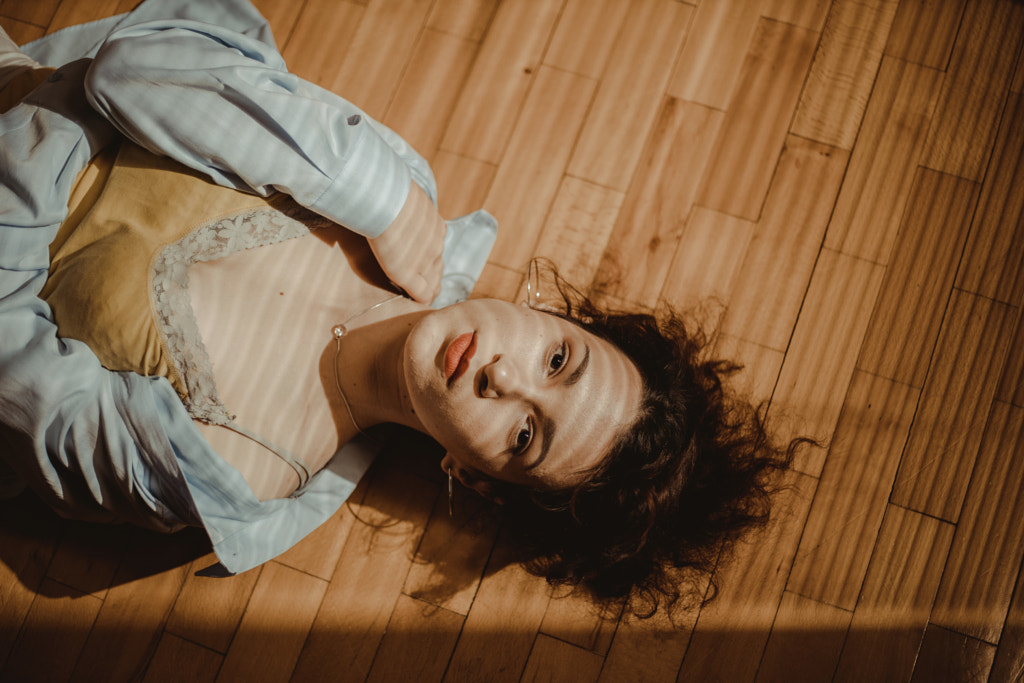
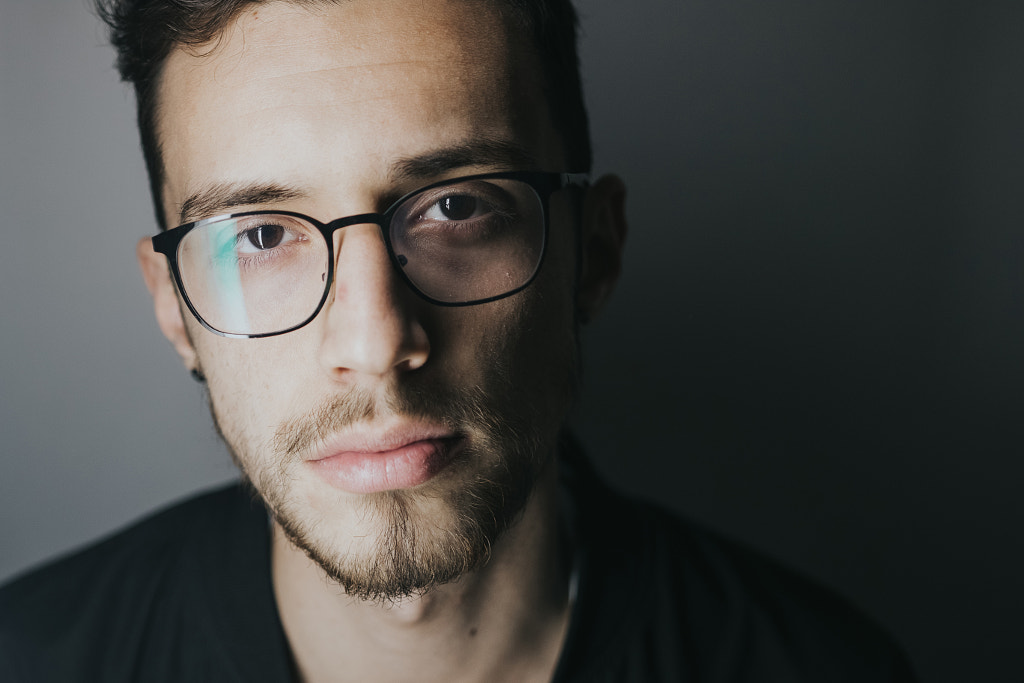

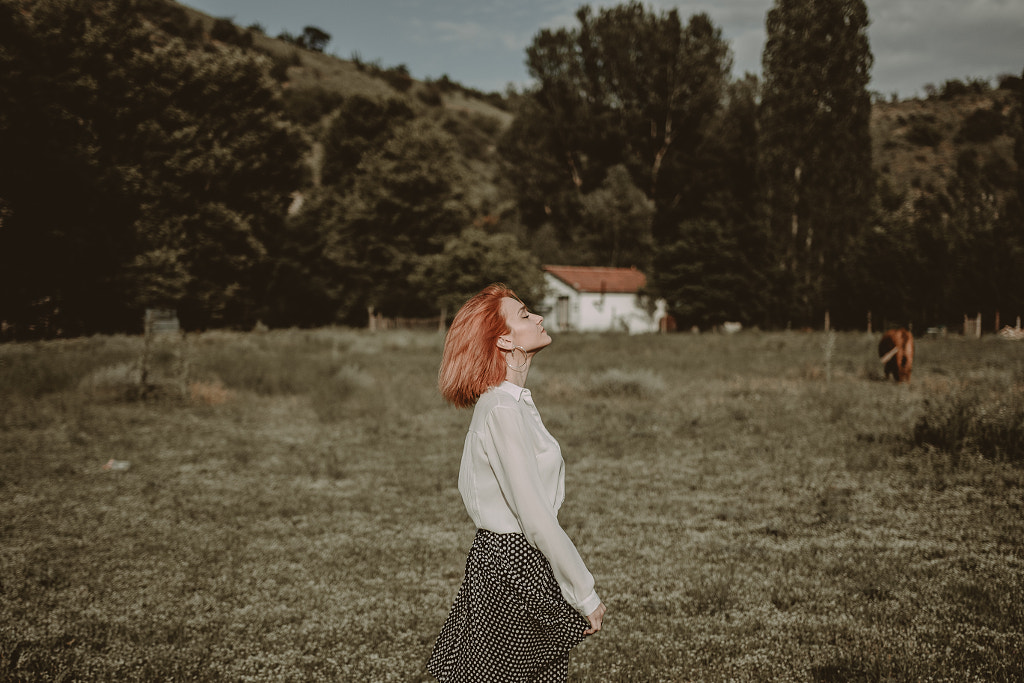
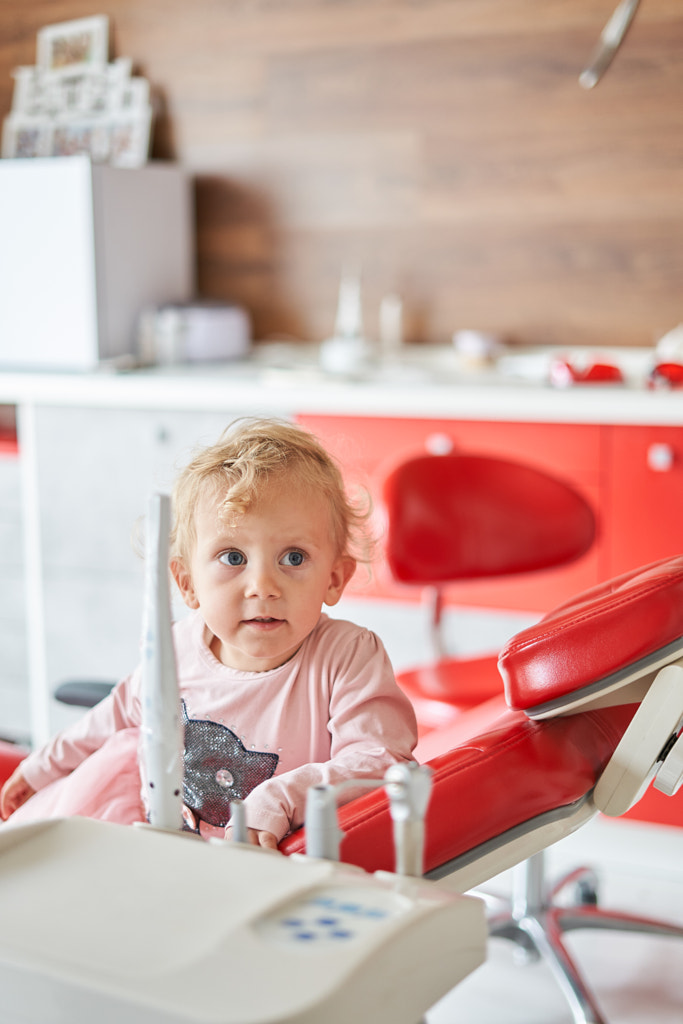
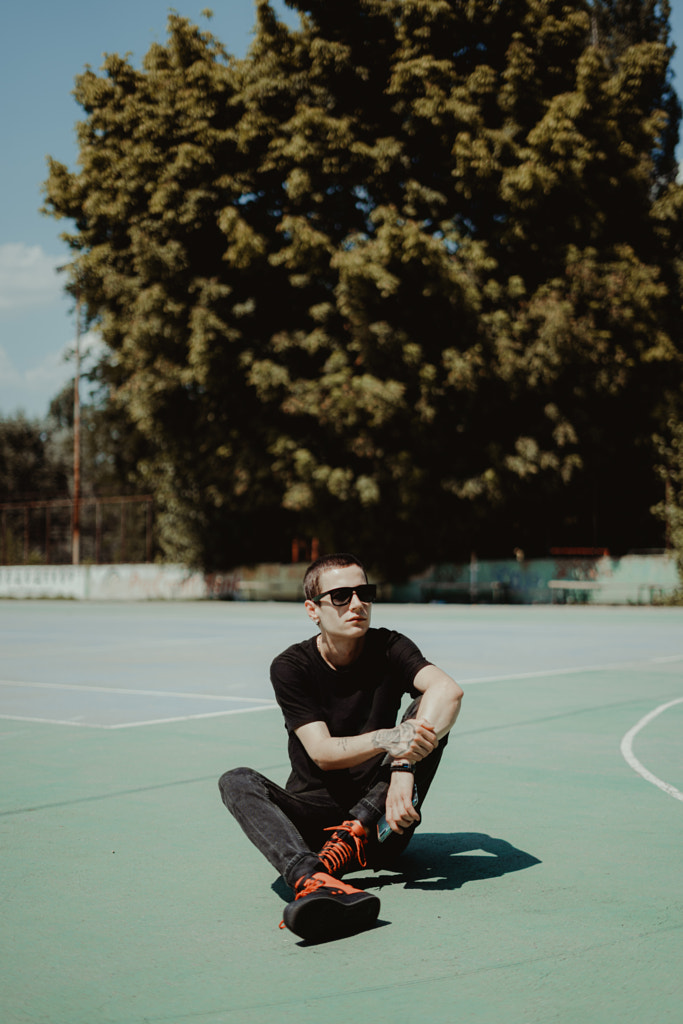


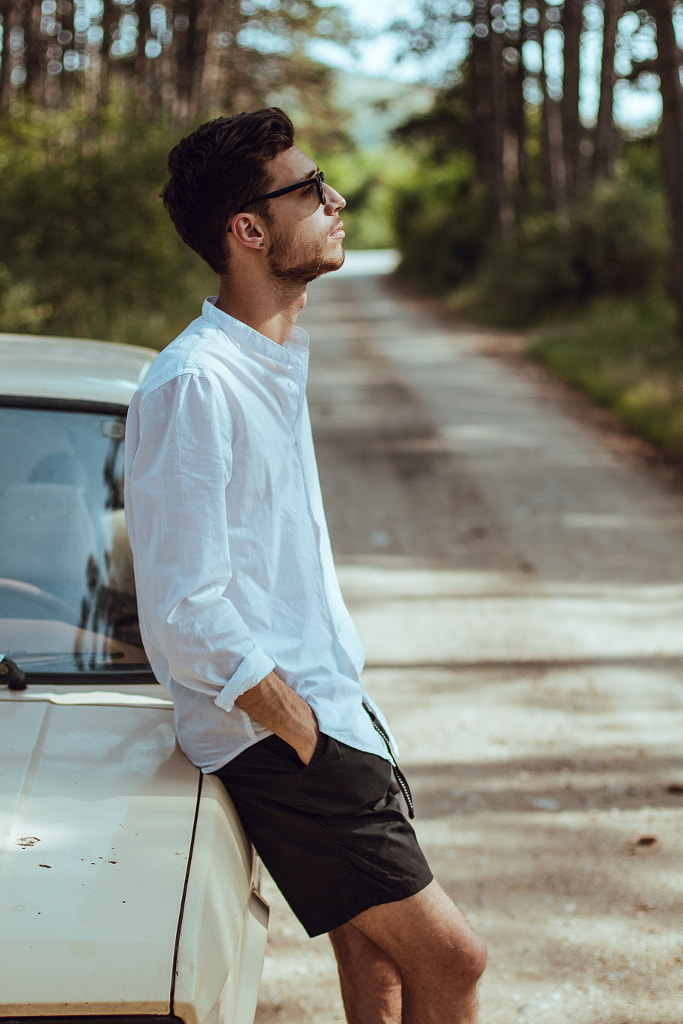
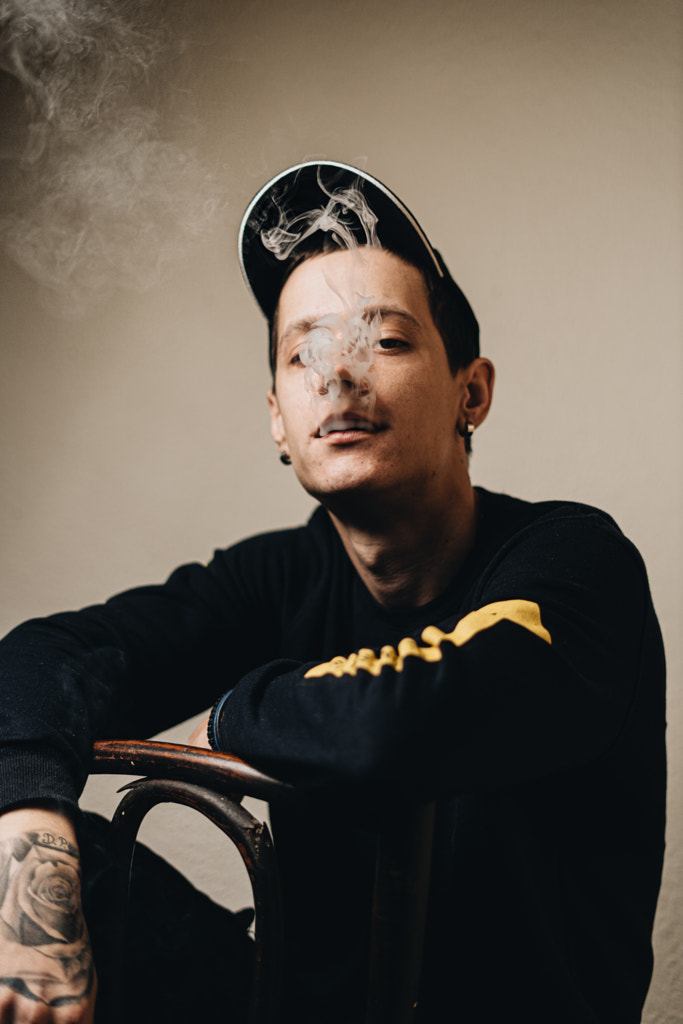

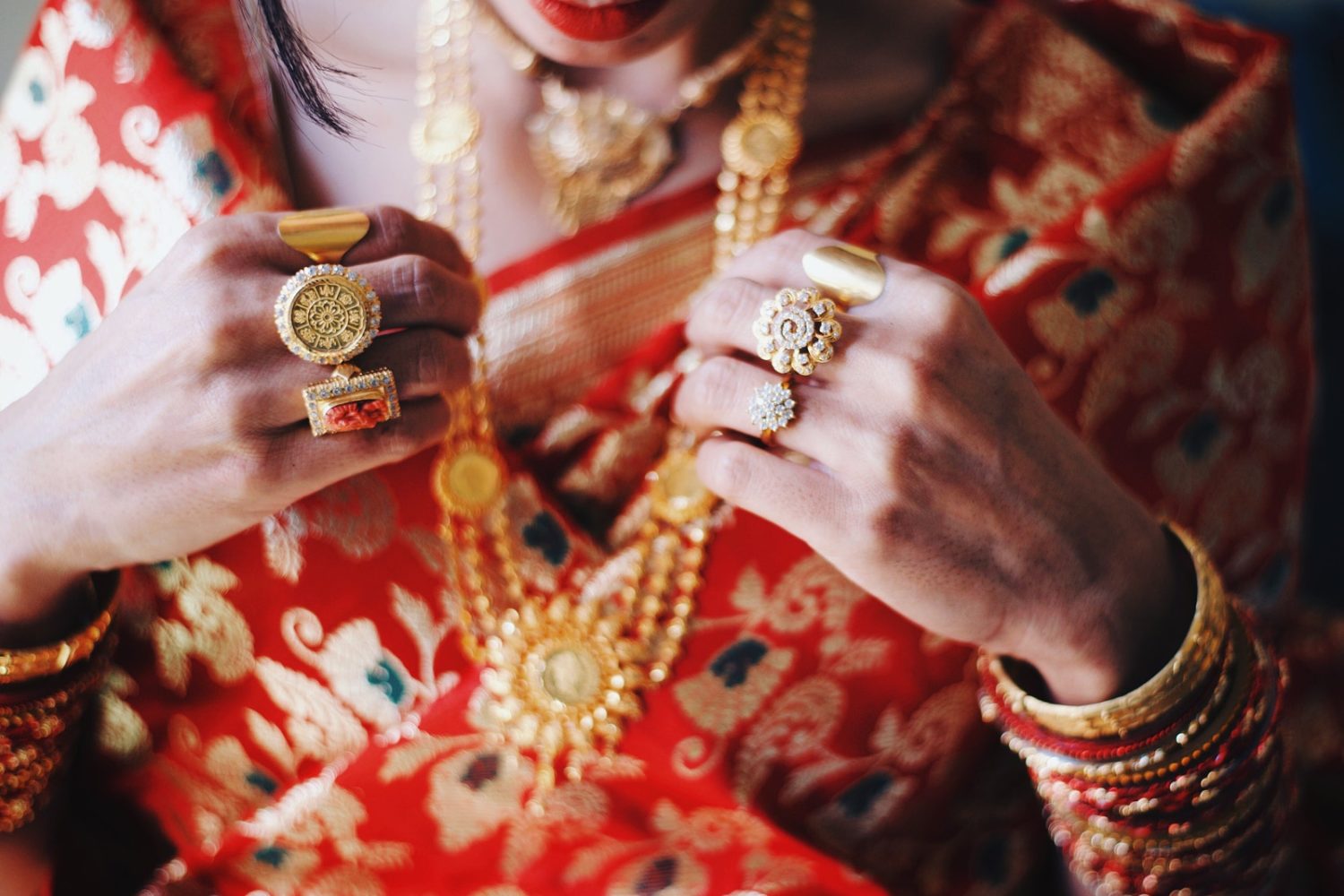


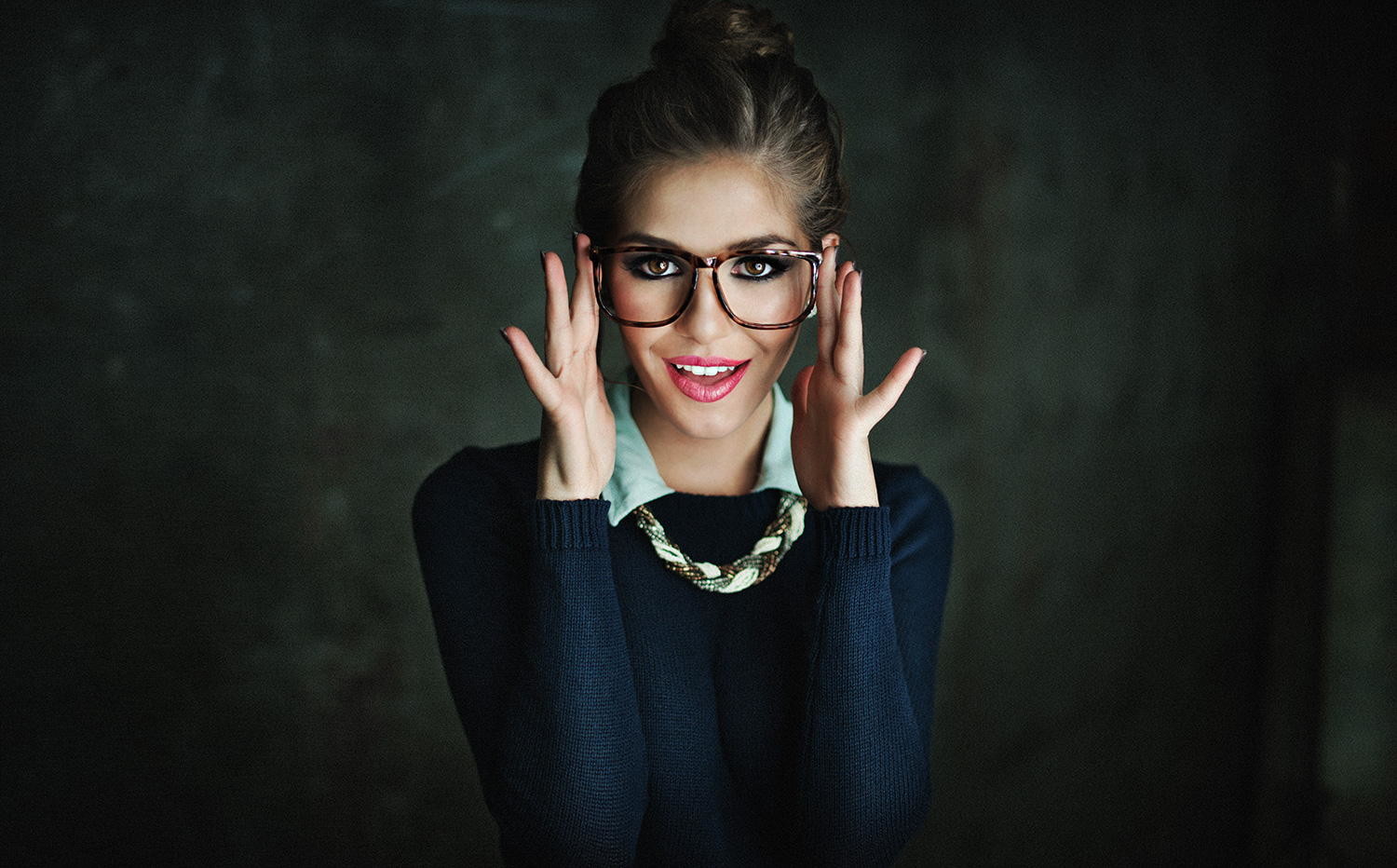
Leave a reply